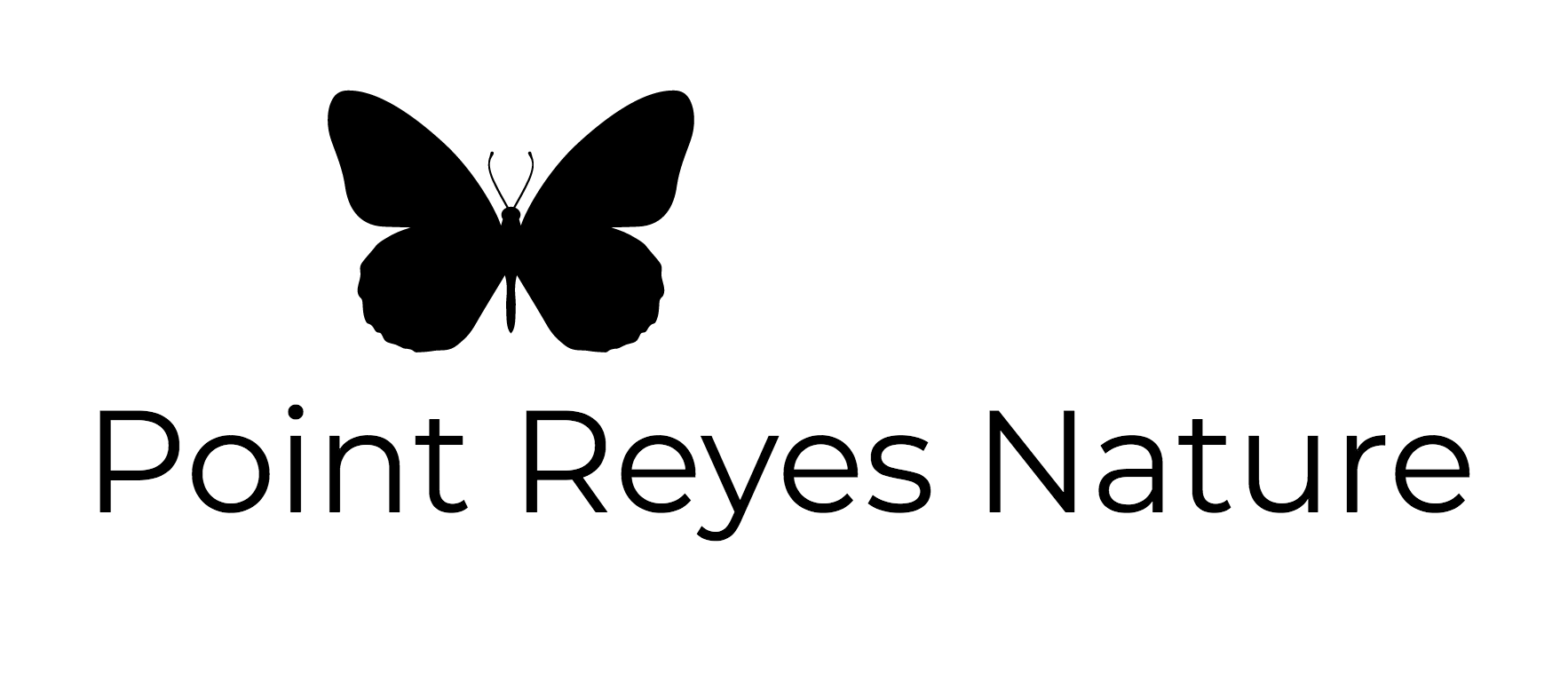Western Snowy Plover in 2020
At one time, California beaches supported thousands of Snowy Plovers, but with the loss of nesting habitat and the impact of visitors on nesting areas, the number of Snowy Plovers has declined significantly. The 2020 season (March to September) was a difficult one for Western Snowy Plovers in Point Reyes but not unusual. From a total of 39 nests, 11 chicks fledged (hatched and survived). Twenty-two nests failed outright and 17 nests hatched chicks. Due to the pandemic, the Snowy Plover Docent program at Point Reyes National Seashore was canceled but wildlife biologist Matt Lau continued to monitor the plovers and provide updates from the field.
The most productive beach sites in 2020 were:
section of beach from Abbotts Lagoon to North Beach parking lot: 11 of 22 nests hatched producing 5 fledglings.
Kehoe with a total of 3 nests and 3 fledglings —astounding considering this site has the highest raven activity in the park.
South Beach produced 3 nests; 2 nests hatched and produced 3 fledglings. These are the first nests in this area since 1980’s!
Top 3 productive breeding sites for Western Snowy Plovers in 2020 (Point Reyes)
Saving species together
Watch the short documentary on the Western Snowy Plover produced by California Fish and Wildlife as part of the Saving species together series on threatened and endangered species in Northern California.
The video features Point Reyes Wildlife Biologist, Matt Lau and Vegetation Wildlife Ecologist, Lorraine Parsons as well as 2019 Point Reyes Snowy Plover Docent volunteers in training, including my 10-year old son, Aiden who was eager to participate (5:18-5:26 mins into the video).
Saving species together produced a flyer on the Western Snowy Plover with facts on their habitat and threats. Check out their website featuring other threatened and endangered species in Northern California.
Matt Lau, Wildlife Biologist for Point Reyes National Seashore explains what visitors can do to help protect the snowy plover:
Stay away from fenced-off Plover nesting areas.
Keep dogs on a leash so they don’t accidentally trample nests which are vulnerable lying in the open sand, or frighten plovers from their nests.
Keep trash off the beach that attracts predators. Ravens are the number one predator to snowy plovers.
Check out the Point Reyes National Seashore website if you are interested in becoming a Snowy Plover docent next season.


